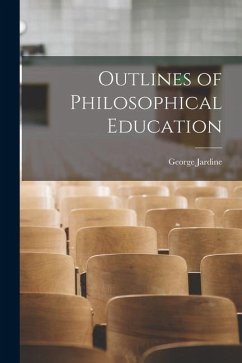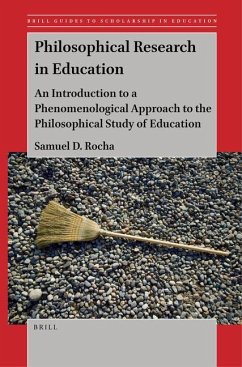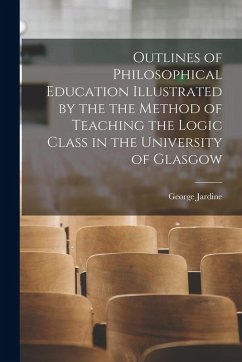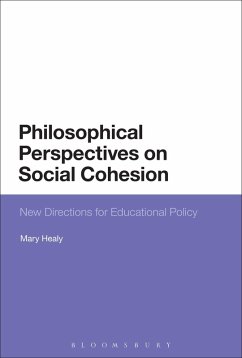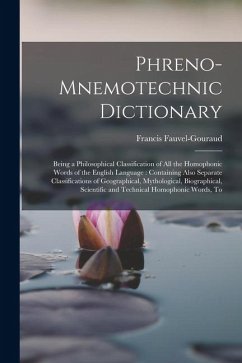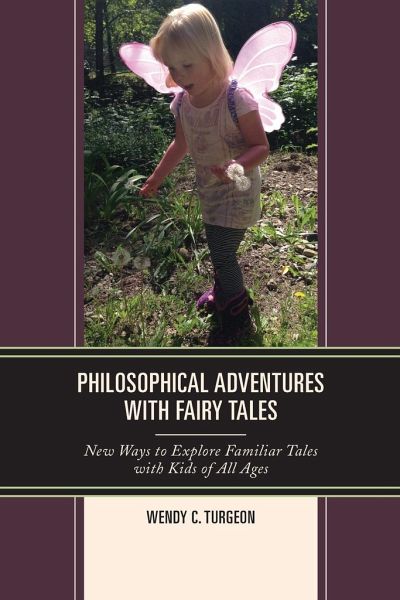
Philosophical Adventures with Fairy Tales
New Ways to Explore Familiar Tales with Kids of All Ages
Versandkostenfrei!
Versandfertig in 1-2 Wochen
41,99 €
inkl. MwSt.
Weitere Ausgaben:

PAYBACK Punkte
21 °P sammeln!
The scope of the book is to offer guidelines to doing philosophy with children and young people using some familiar fairy tales.




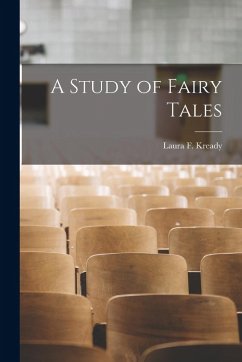
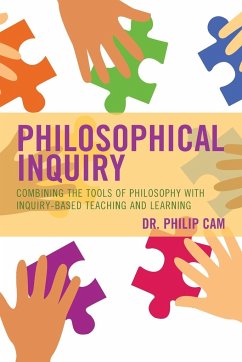
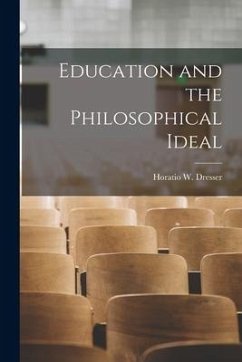
![Outlines of Philosophical Education [microform], Illustrated by the Method of Teaching the Logic or, First Class of Philosophy, in the University of G Cover Outlines of Philosophical Education [microform], Illustrated by the Method of Teaching the Logic or, First Class of Philosophy, in the University of G](https://bilder.buecher.de/produkte/66/66145/66145423n.jpg)
